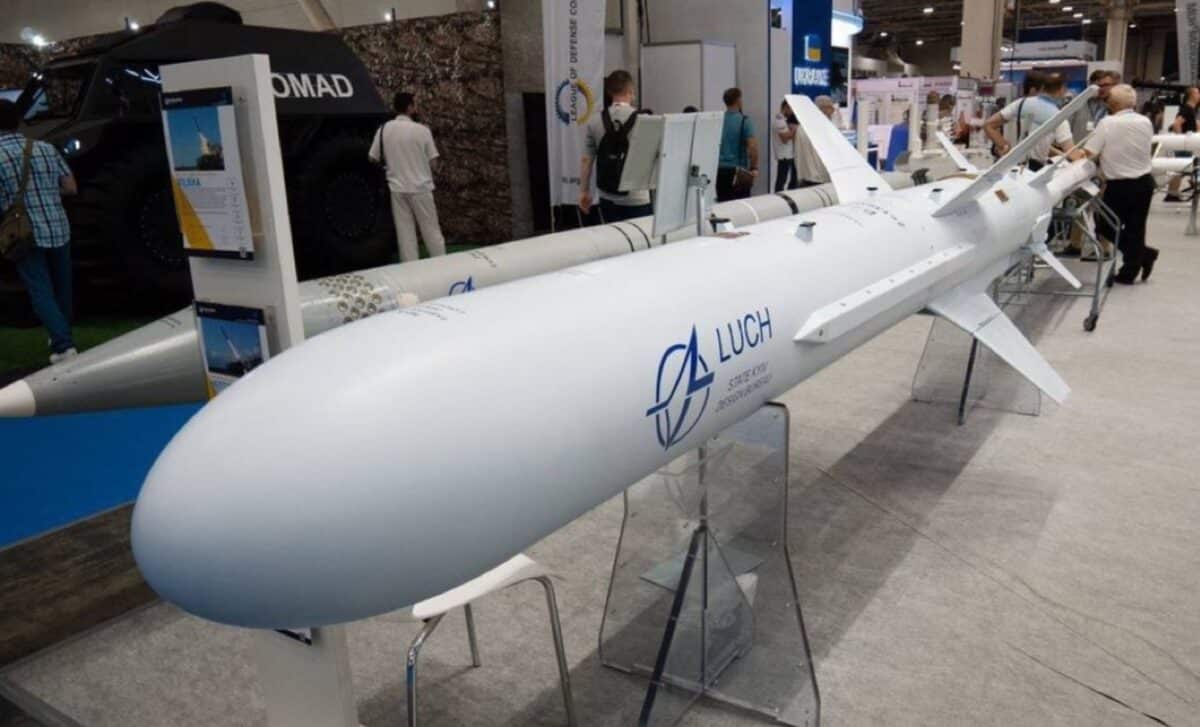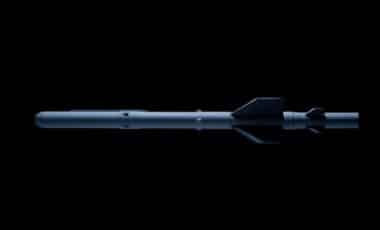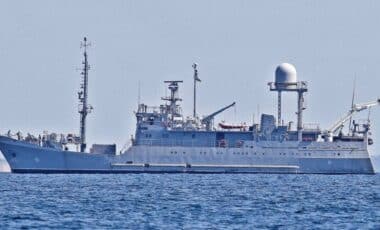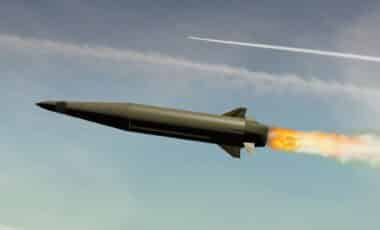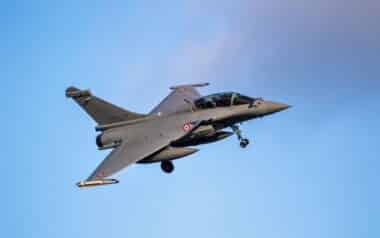Unveiled during the country’s Independence Day celebrations, the Long Neptune marks a significant advancement in Kyiv’s missile technology, showcasing its continued effort to modernize its military capabilities amid ongoing tensions with Russia.
This new missile is a redesigned and upgraded variant of the original Neptune, which gained international attention in April 2022 after reportedly sinking the Moskva, the flagship of Russia’s Black Sea Fleet. With a greater range, enhanced precision, and versatile deployment potential, the Long Neptune has already been tested in a long-range strike, underlining its strategic importance for Ukraine’s defense doctrine.
The missile was presented as part of Ukraine’s broader military development agenda, aimed at reducing reliance on foreign arms and asserting greater sovereignty over national defense production. Its introduction during a high-profile national event served not only a tactical purpose but also a symbolic one, signaling determination and resilience in the face of continued conflict.
Saab Unveils Nimbrix, a Compact Missile to Counter Drone Swarms
Enhanced Capabilities Over the Original Neptune
The Long Neptune represents a substantial upgrade from the earlier R-360 Neptune model. Its operational range has been extended by 300 kilometers, now reaching 1,000 kilometers. The missile travels at a cruising speed of approximately 850 km/h, making it suitable for fast, targeted strikes, as reported by Armées.
Several design modifications contribute to its improved performance. The missile’s body has been lengthened, and its aerodynamic control surfaces—such as the ailerons—have been enlarged to provide greater maneuverability.
The warhead has been reinforced and can carry a variable payload ranging from 150 kg to 350 kg. Its front section has also been restructured, likely to accommodate the enhanced warhead and an upgraded guidance system. According to Armées, the addition of an infrared sensor in the terminal phase allows the missile to refine its accuracy during final approach.
A Shift From Sea-Based to Multi-Domain Targets
While the original Neptune was designed for anti-ship operations, particularly against naval assets in the Black Sea, the Long Neptune expands the missile’s operational scope. According to Kyiv Post, this version is not limited to maritime targets and may be deployed in land-attack missions as well.
Evidence of this broader capability surfaced in May 2025, when the missile was reportedly used in a strike on the Russian naval port of Novorossiysk. Covering a distance of over 750 kilometers, the launch was among the longest-range conventional strikes executed by Ukraine since the onset of the full-scale war in 2022. This dual-role functionality enhances the strategic versatility of the weapon and potentially alters the balance of threat across different domains.
A Marker of Technological Autonomy
The Long Neptune is entirely developed and produced in Ukraine, with no reliance on foreign suppliers for its key components. This autonomy is a deliberate objective of Ukraine’s defense industry strategy. The missile is the result of work by the Ukrainian company Zbroya, which played a central role in its engineering and manufacturing.
President Volodymyr Zelensky previously highlighted the missile’s capabilities in March 2025, publicly affirming its 1,000 km range. Military experts cited by Le Parisien have claimed that the upgraded missile could possess destructive potential up to “three times more powerful” than its predecessor.

